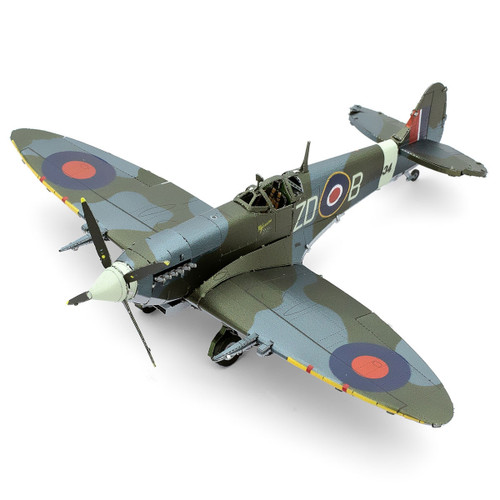The North American Aviation P-51 Mustang is an American long-range, single-seat fighter and fighter-bomber used during World War II and the Korean War, among other conflicts. The Mustang was designed in April 1940 by a team headed by James Kindelberger of North American Aviation (NAA). The Mustang was designed to use the Allison V-1710 engine, which had limited high-altitude performance in its earlier variants. The aircraft was first flown operationally by the RAF as a tactical-reconnaissance aircraft and fighter-bomber (Mustang Mk I). Replacing the Allison with a Rolls-Royce Merlin resulted in the P-51B/C (Mustang Mk III) model and transformed the aircraft's performance at altitudes above 15,000 ft (4,600 m) (without sacrificing range), allowing it to compete with the Luftwaffe's fighters. The definitive version, the P-51D, was powered by the Packard V-1650-7, a license-built version of the two-speed, two-stage-supercharged Merlin 66, and was armed with six .50 caliber (12.7 mm) AN/M2 Browning machine guns.
Top speed: 437 mph
Wingspan: 37′ 0″
Range: 999.8 mi
Engine type: Packard V-1650 Merlin
Manufacturer: North American Aviation
Designer: Edgar Schmued
Number Of Sheets: 2 Sheets
Difficulty: Challenging
Assembled Size: 4.5"L x 5.5"W x 2.5"H (11.43 x 13.97 x 6.35 cm)
Ages 14+
Metal Earth kits are made from . Each model features amazing detail with parts cut from one or more 4” square steel sheets. Easy to follow instructions are included with each kit and Simply snip out the pieces and bend the tabs through corresponding connection points.













